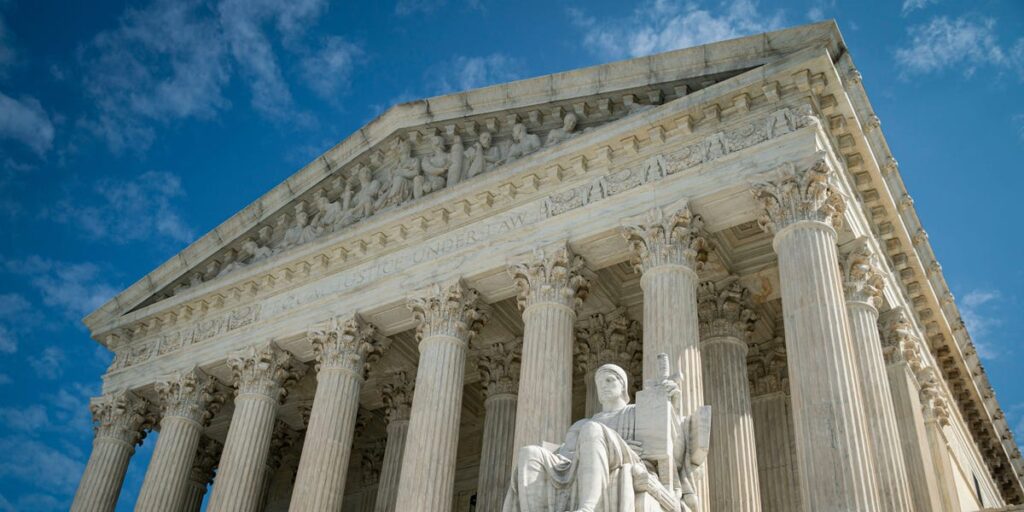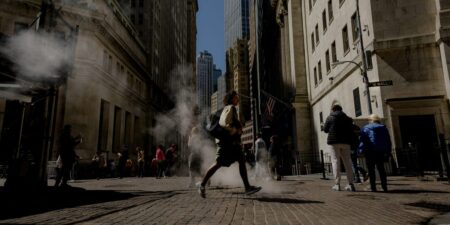- The Supreme Court cleared the way for Trump to fire thousands of federal employees.
- A lower court had blocked the Trump administration from carrying out layoff plans.
- Ketanji Brown Jackson dissented from the Tuesday decision.
The Supreme Court on Tuesday issued an order that will effectively allow the Trump administration to proceed with plans for widespread layoffs at federal agencies, which could lead to the loss of tens of thousands of jobs.
In February, President Donald Trump signed an executive order aimed at enacting a “critical transformation of the Federal bureaucracy” as part of DOGE. That order called for “large-scale reductions in force” across the federal government.
Several advocacy groups, local governments, and unions, including the American Federation of Government Employees, challenged that order in April.
A federal judge in California then issued an order in May blocking the administration from carrying out reductions in force, which the Supreme Court lifted on Tuesday.
The court said in the unsigned opinion that it was taking “no view” on the substance of the Trump administration’s layoff plans, and it’s possible that the court could rule on their legality in the future.
In the meantime, Trump’s reshaping of the federal bureaucracy will be allowed to proceed.
Associate Justice Ketanji Brown Jackson wrote the sole public dissent in the case, calling the decision “hubristic and senseless.”
“While the President no doubt has the authority to manage the Executive Branch, our system does not allow the President to rewrite laws on his own under the guise of that authority,” Jackson wrote.
The coalition of groups who sued the administration called the decision “a serious blow to our democracy.”
“This decision does not change the simple and clear fact that reorganizing government functions and laying off federal workers en masse haphazardly without any congressional approval is not allowed by our Constitution,” the groups said. “While we are disappointed in this decision, we will continue to fight on behalf of the communities we represent and argue this case to protect critical public services that we rely on to stay safe and healthy.”
Read the full article here
















